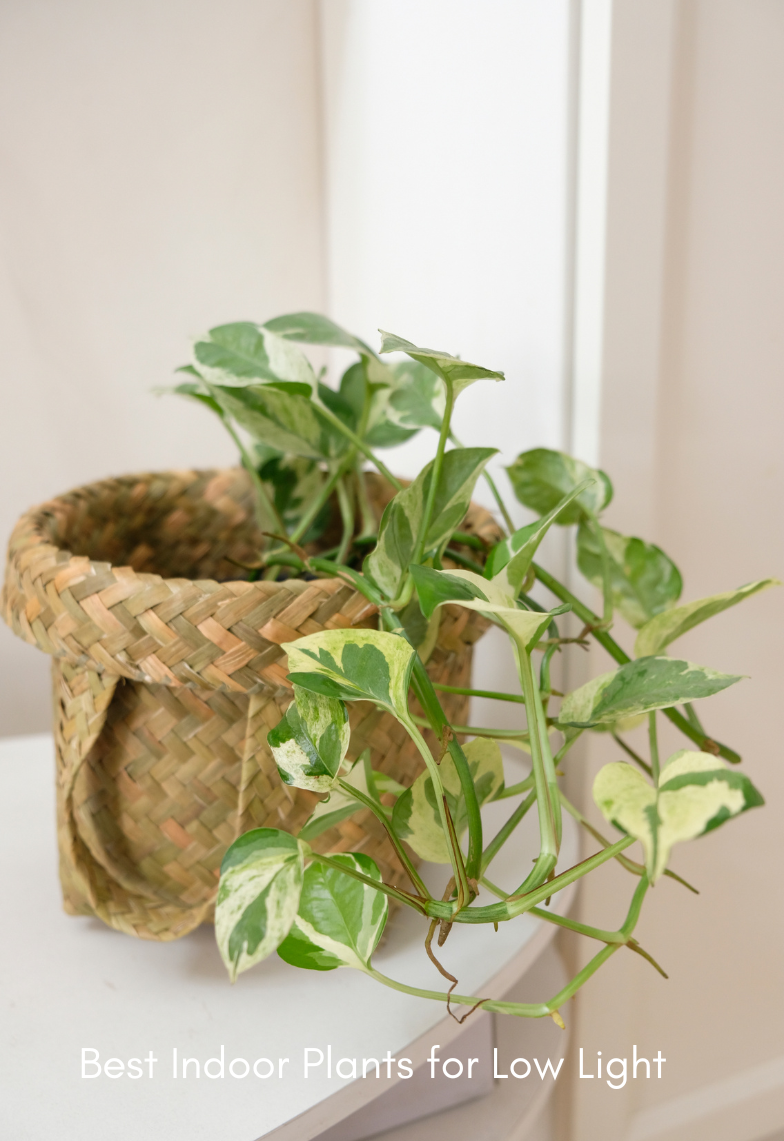Struggling with a dim corner of your home or office?
Don’t worry, you’re not alone! Many plant lovers face the challenge of low-light conditions.
But fear not, with the right plant choices, you can create a thriving indoor garden even in the shadiest of spaces.
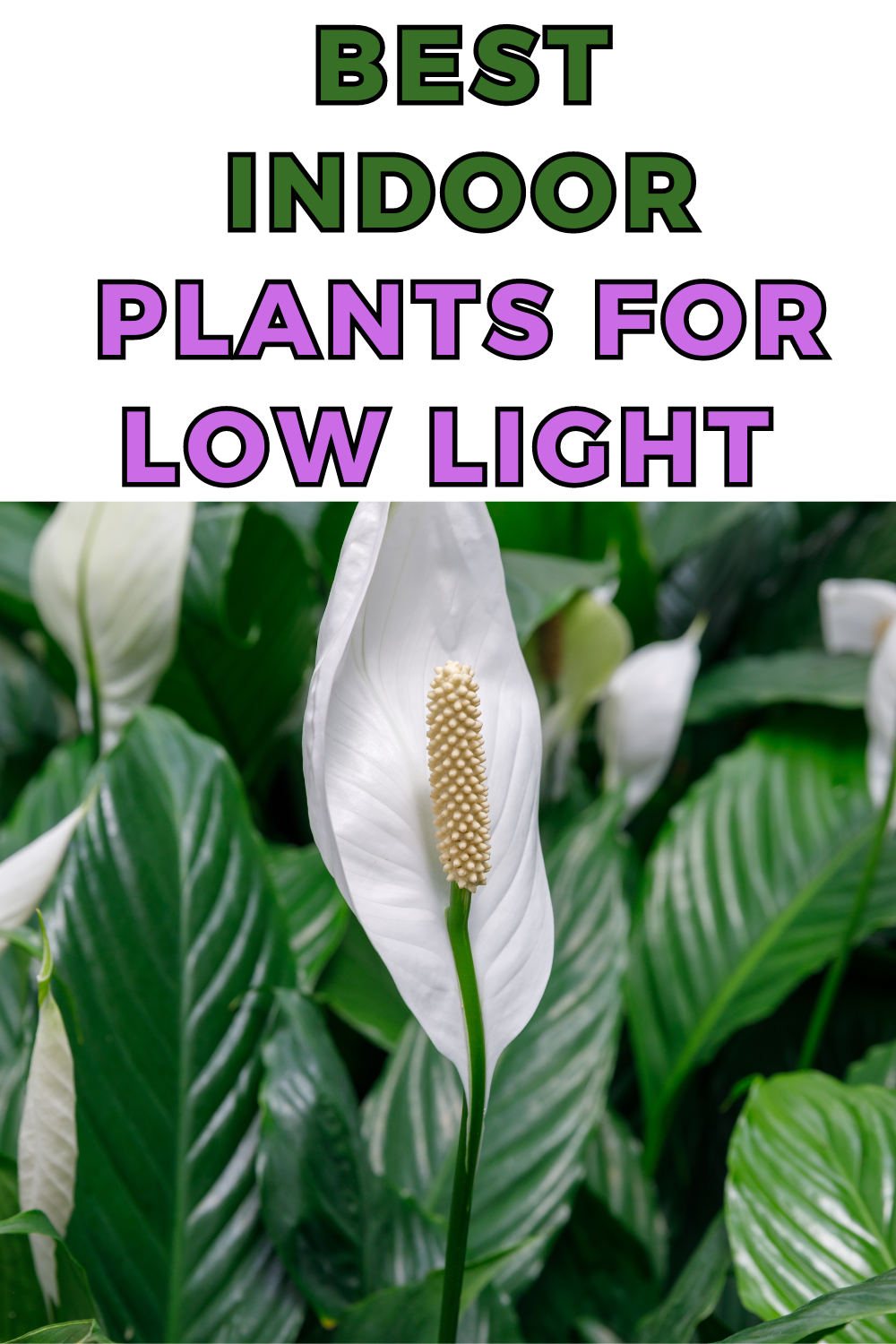
Why choose low-light plants?
- Air purification: They help clean the air.
- Stress reduction: Plants can improve your mood.
- Aesthetics: They add life and color to your space.
- Humidity boost: Plants release moisture, which can be helpful in dry environments.
- Connection to nature: They bring the outdoors inside.
So, what are some great low-light plant options?
- North-facing windows: These get indirect sunlight.
- Far from windows: Rooms with windows but you’re not right next to them.
- Offices: Fluorescent lights often provide minimal natural light.
To assess the lighting in your space, consider these factors:
1. Direction of windows: North-facing windows generally provide the lowest light levels, while south-facing windows offer the brightest light.
2. Obstructions: Trees, buildings, or window treatments can significantly reduce the amount of light entering a room.
3. Time of day: Observe how the light changes in your space throughout the day.
4. Season: Remember that light levels can vary significantly between summer and winter, especially in locations far from the equator.
How to measure your light?
A quick way to check your light levels is the “shadow test.” Hold your hand a few inches above a white piece of paper. If you see a clear, defined shadow, you have bright light. A fuzzy shadow means medium light, and if you barely see a shadow, you’re in low-light territory.
Here are some amazing plants that thrive in low light:
1. Snake Plant (Sansevieria)
You’ve probably seen this one before. It’s famous for its tough leaves and easy care.
- Looks: Tall, sword-like leaves that can be green or have yellow or white stripes.
- Care: Water less often, as it likes dry soil. It can handle lots of light or very little.
- Bonus: It’s great at cleaning the air!
ZZ Plant (Zamioculcas zamiifolia)

The ZZ Plant is a true low-light champion, able to tolerate long periods of neglect and still look fresh and vibrant.
This plant features shiny, dark green leaves on arching stems, giving it a feather-like appearance. It grows from thick, potato-like rhizomes that store water, making it extremely drought-tolerant.
Care tips:
- Water: Allow the top couple of inches of soil to dry out between waterings.
- Light: Thrives in low to moderate light but can adapt to brighter conditions.
- Soil: Well-draining potting mix.
- Note: All parts of the plant are toxic if ingested, so keep away from pets and children.
Pothos (Epipremnum aureum)
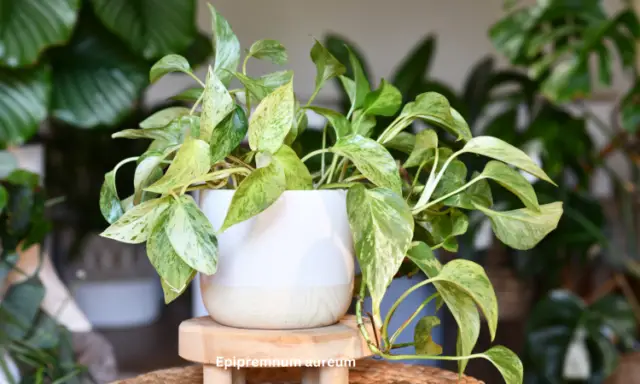
Pothos is a versatile, fast-growing vine that’s perfect for adding a cascading element to your low-light plant collection.
Pothos has heart-shaped leaves that come in a variety of colors and patterns, from solid green to variegated white, yellow, or gold.
Care tips:
- Water: Allow the top inch of soil to dry out between waterings.
- Light: Adaptable to low light, but variegated varieties may lose their patterns in very low light.
- Soil: Well-draining potting mix.
- Pruning: Regular pruning encourages bushier growth.
Peace Lily (Spathiphyllum)
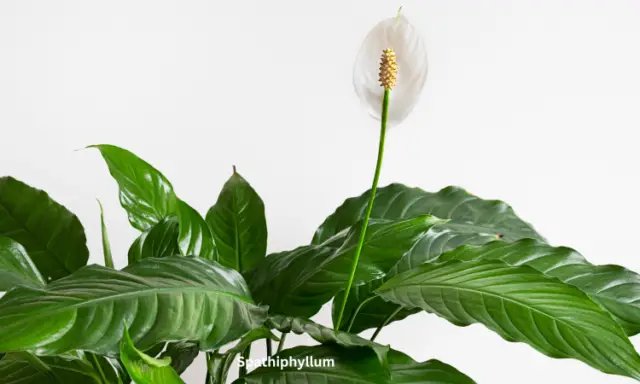
The Peace Lily is not only tolerant of low light but also adds a touch of elegance with its white flower-like spathes.
This plant has glossy, elongated leaves and produces white spathe flowers. It’s also known for its air-purifying qualities.
Care tips:
- Water: Keep soil moist but not waterlogged. Peace Lilies will dramatically droop when thirsty, but quickly perk up after watering.
- Light: Thrives in low to moderate light. Too much direct sunlight can scorch the leaves.
- Humidity: Enjoys higher humidity levels.
- Note: Toxic to pets if ingested.
Philodendron

Philodendrons are a diverse group of plants, with many species well-adapted to low light conditions.
Depending on the species, Philodendrons can be climbing vines or compact, bushy plants. Leaves are typically heart-shaped or lance-shaped and come in various shades of green.
Care tips:
- Water: Allow the top inch of soil to dry between waterings.
- Light: Adapts well to low light but may become leggy if light is too low.
- Soil: Well-draining, rich potting mix.
- Support: Climbing varieties may need a moss pole or trellis for support.
Cast Iron Plant (Aspidistra elatior)
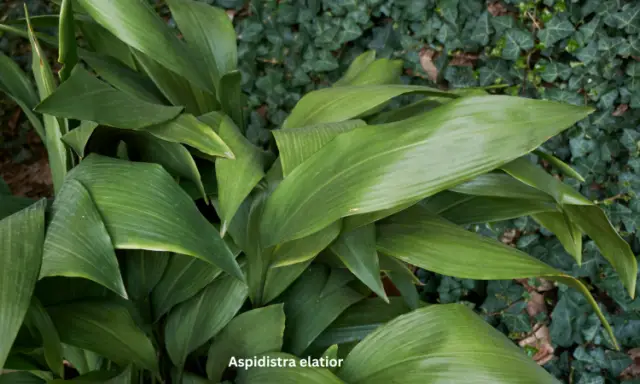
True to its name, the Cast Iron Plant is incredibly tough and can withstand conditions that would challenge most other plants.
This plant has long, lance-shaped leaves that grow directly from the soil. It’s slow-growing but can eventually reach up to 2 feet tall.
Care tips:
- Water: Allow soil to dry out between waterings. Very tolerant of inconsistent watering.
- Light: Can tolerate very low light conditions.
- Soil: Well-draining potting mix.
- Temperature: Prefers cool to average room temperatures.
4. How to Care for Low Light Plants
While low light plants are generally hardy, they still need proper care to thrive. Here are some tips:
Watering tips for low light conditions:
- Most low light plants prefer to dry out slightly between waterings.
- Always check the soil moisture before watering. Stick your finger about an inch into the soil – if it feels dry, it’s time to water.
- Use pots with drainage holes to prevent water from sitting in the soil.
- Water less frequently in winter when plant growth slows down.
Fertilizing and soil requirements:
- Use a well-draining potting mix to prevent water-logging.
- Fertilize sparingly – low light plants grow slower and need less fertilizer.
- Use a balanced, water-soluble fertilizer at half-strength every 2-3 months during the growing season.
- Stop fertilizing in late fall and winter when growth slows.
Managing pests in low-light environments:
- Regularly inspect your plants for signs of pests like mealybugs, spider mites, or scale insects.
- Clean leaves periodically with a damp cloth to remove dust and discourage pests.
- If you spot pests, isolate the affected plant and treat with neem oil or insecticidal soap.
- Ensure good air circulation to prevent fungal issues.
5. Decorating with Low Light Plants
Low light plants can be both functional and decorative. Here are some creative ideas:
Creative placement ideas:
- Use hanging baskets with trailing pothos or philodendrons to add greenery at different levels.
- Place a tall snake plant or ZZ plant in a corner to add height and interest.
- Group plants of different heights and textures for a dynamic display.
- Use plants to soften harsh architectural features or hide unsightly areas.
Enhancing interior design:
- Choose pots that complement your decor style – sleek, modern pots for contemporary spaces, or rustic baskets for a more bohemian look.
- Use plant stands to add visual interest and vary heights.
- Incorporate plants into bookshelves or use them as natural room dividers.
- Create a focal point with a large, statement plant like a mature peace lily or cast iron plant.
Remember, even in low light conditions, plants can dramatically transform a space, making it feel more alive, welcoming, and connected to nature.
6. Common Mistakes to Avoid
Even with low-maintenance plants, there are some pitfalls to watch out for:
Overwatering and its impact:
- Overwatering is the number one killer of indoor plants, especially in low light conditions where water evaporates more slowly.
- Symptoms of overwatering include yellowing leaves, mold on the soil surface, and a general droopy appearance.
- Always check the soil moisture before watering and ensure pots have good drainage.
Choosing the wrong plants:
- Not all plants labeled as “indoor plants” can tolerate low light. Always check the specific light requirements for each species.
- Avoid placing high-light plants like succulents or fiddle leaf figs in low light areas.
- Remember that variegated plants often need more light to maintain their color patterns.
Other common mistakes include:
- Forgetting to dust leaves, which can hinder photosynthesis.
- Placing plants too close to drafts or heat sources.
- Ignoring signs of pest infestations.
- Repotting too frequently – many low light plants prefer to be slightly root-bound.
7. Frequently Asked Questions
How to tell if a plant isn’t getting enough light?
Signs of insufficient light include:
- Leggy or stretched-out growth as the plant reaches for light
- Smaller new leaves compared to older ones
- Slower growth or no growth at all
- Loss of variegation in patterned leaves
- Lower leaves turning yellow and falling off
If you notice these signs, try moving your plant to a slightly brighter location or supplement with artificial grow lights.
Can low light plants survive in artificial light only?
Yes, many low light plants can survive and even thrive under artificial light. Here are some tips:
- Use full-spectrum LED grow lights for best results.
- Place the lights 6-12 inches from the plants, adjusting based on the plant’s needs and the light’s intensity.
- Provide 12-16 hours of artificial light per day.
- Remember that even with artificial light, plants still need periods of darkness for their growth cycle.
Conclusion
Low light doesn’t have to mean low on plants! With the right selection and care, you can create a thriving indoor garden even in the shadiest of spaces. From the virtually indestructible snake plant to the elegant peace lily, there’s a low light plant for every taste and style.
Remember, the key to success with low light plants is understanding their needs and creating an environment where they can thrive. Pay attention to watering, avoid common pitfalls like overwatering, and don’t be afraid to experiment with different plants and setups.
Whether you’re a seasoned plant parent or just starting your indoor gardening journey, low light plants offer a world of possibilities. They bring life to dim corners, purify the air, and connect us with nature, even in the heart of the city.
So go ahead, embrace the shade and start your low light plant adventure today. Your indoor spaces – and your wellbeing will thank you for it!
Related Post: 23 Best Plants for Your Bathroom

